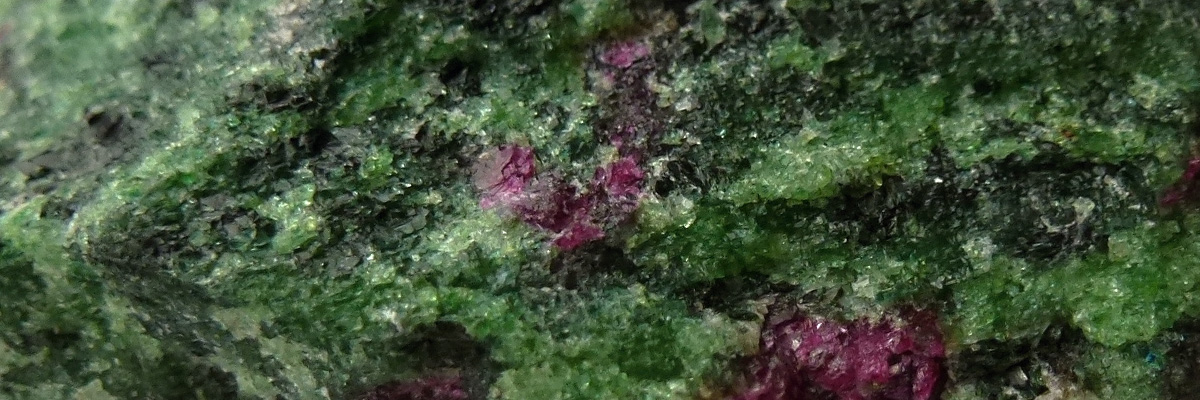Zoisite is a calcium aluminum silicate mineral belonging to the Sorosilicates class and the Epidote group. It exhibits a range of colors, from colorless to gray, green, blue, purple, pink, and yellow, depending on its composition and impurities. This mineral is characterized by its prismatic or massive crystal structures and its vitreous to pearly luster. Its physical properties, such as its crystal habit and pleochroism, make it a fascinating mineral to study and appreciate.
Usage
Zoisite is not widely used in industrial applications, but its various gemstone varieties, particularly tanzanite and thulite, have made it a popular mineral in the jewelry industry. Tanzanite, a striking blue to violet variety of zoisite, is highly sought after for its beautiful colors and relative rarity. Thulite, a pink to red variety, is also used in jewelry and ornamental carvings. Additionally, zoisite’s unique crystal structures and vibrant colors make it an attractive mineral for collectors and enthusiasts.
Gemstone
Zoisite is a versatile gemstone that comes in various colors and forms, with tanzanite and thulite being the most well-known varieties. Tanzanite, found only in Tanzania, is prized for its intense blue to violet hues, strong pleochroism, and rarity. It is often used in high-end jewelry pieces, such as rings, necklaces, and earrings. Thulite, a pink to red variety, is favored for its warm hues and is used in both jewelry and decorative carvings. Zoisite gemstones offer a unique and appealing option for those seeking distinct and beautiful jewels.
Origin
Zoisite forms through regional metamorphism and hydrothermal alteration of various rocks, such as limestones, schists, and gneisses. The mineral crystallizes from the reaction of calcium-rich and aluminum-rich minerals in these rocks, as they undergo changes in temperature and pressure. Zoisite’s unique crystal structure and composition give it its distinct properties and appearance.
Occurrence
Zoisite occurs in various geological environments worldwide, with significant deposits found in Tanzania, Kenya, Madagascar, Austria, Switzerland, and the United States. The mineral is typically associated with other metamorphic minerals, such as garnet, staurolite, and kyanite, as well as with igneous minerals, like feldspar and quartz. The specific geological conditions needed for the formation of zoisite give rise to its unique and varied coloration and crystal habits.
Metaphysical
In the realm of metaphysical beliefs, zoisite is considered a stone of growth, transformation, and healing. It is said to stimulate the heart chakra and help one overcome negative emotions, such as anger, jealousy, and resentment. Zoisite is also believed to promote creativity, individuality, and self-expression while enhancing the connection to one’s inner truth. Its supportive and transformative energy is thought to be beneficial for spiritual growth and emotional healing.
| Class | Sorosilicates |
| Formula | Ca2Al3(SiO4)(Si2O7)O(OH) |
| Luster | Vitreous to pearly |
| Hardness (Mohs) | 6-7 |
| Streak | White or colorless |
| Color | Colorless, gray, green, blue, purple, pink, yellow |
| Cleavage | Perfect in one direction, good in another |
| Specific Gravity | 3.1 |


